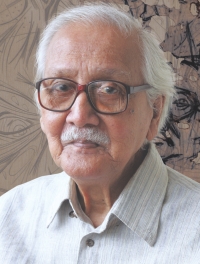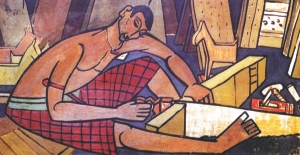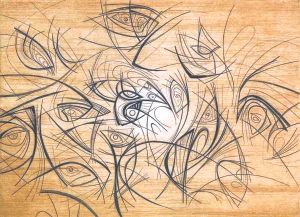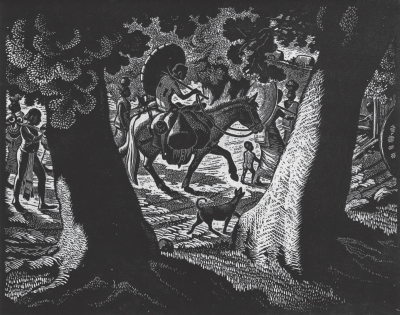| Home - Back Issues - The Team - Contact Us |
 |
| Volume 11 |Issue 21| May 25, 2012 | |
|
|
Obituary
Safiuddin Ahmed Takir Hossain I distinctly remember my first introduction to the maestro Safiuddin Ahmed at a dinner hosted by Bengal Gallery. Artist Abdus Shakoor introduced me to him. At first sight, the artist seemed like a person who had undergone a long struggle for survival. After the introductions were made, we conversed a little. A few weeks after that, I suddenly came across him in an inaugural ceremony of a painting exhibition at Gallery Chitrak. We spoke a little and I made an appointment with him. After a few days, I went to his place and found him reading a book. During the conversation, he avoided expressing a single word about himself. Nevertheless, he talked about the different aspects of the art scene in Kolkata during his student life.
Well known for his soft-spoken, well-mannered personality, Safiuddin led the life of a recluse, far away from the material world and clamour that accompany fame for which he never hankered after. I have never seen him at any social and cultural gatherings or fashionable parties. He preferred to work at home, listening to music and reading. He liked the company of those who were close to him in temperament, although some of them differed with him in terms of tastes and viewpoints.
Safiuddin Ahmed graduated from the Government School of Art, Calcutta (now Kolkata) in 1942. In his student life, the artist learned many meticulous techniques and styles in printmaking – wood engraving, etching and dry point in particular. Evidently, printmaking is one of the most arduous mediums, which gave him a taste of tranquility, patience and devotion to his work. He always felt that his student life was the main phase of his artistic growth, when he got the company of legendary painters such as Mukul Dey, Abdul Moyeen, Basanta Kumar Ganguli, Atul Bose,
Ramendranath Chatterjee and Hrishen Mitra. However, the artist migrated to Dhaka, after the partition of British-India in 1947. Then he joined the newly founded Dacca Art College (presently the Faculty of Fine Arts, University of Dhaka). He was also one of the founders of the art college. A significant resource of Safiuddin's control was his thoughtful understanding of the syntax of printmaking. He taught his students – whom he cared about a lot – the varied method of printmaking, which he had learnt from his teachers in Kolkata. He tried to inculcate in his students a commitment for life and art. He always told them about honesty, integrity and sincerity, which he practiced in his life. He advised them to closely observe the everyday life of common people and reflect that experience in their work. Safiuddin was an urban artist who divided his life in two cities — Kolkata and Dhaka. Though he lived in the city, he shied away from the city's chaotic life. City life was not attractive to him at all. That is why his work has mainly focused on rural panorama, pastoral life, landscapes, floods and other natural calamities as well as Santal life. Liberation War and Language Movement are also recurring themes in his work.
Safiuddin was a symbol of a purist artist. Every single piece of his painting or print is labour intensive. He always searched for perfection in every piece and the labour continued until he was satisfied. Art work was a sort of prayer to him. Solitude and quietness are two vital components in Safiuddin's works. Mystifying light is a prominent aspect in his prints, and the artist also preferred mystifying settings. Most of his figures look immobile and one can easily detect a single character of the figures. It is evident that expressions of subjects are not quite noticeable in the works. His themes and approaches are strongly linked to physiological experiments. He has also added illusion and emotion to his works. Black is the predominant aspect in most of his paintings and prints. As an experimental painter, he made use of varied geometrical patterns and shapes of varied forms as symbolic modes of expressions. From the very beginning, the gifted artist had experimented with black and its mysterious tones, tenors and layers of shades. Like figures and objects, most of his colours look muted. Line is another essential part of his artworks. His lines have created a distinct language, where one can learn about his perseverance, longing and devotion to art. Safiuddin Ahmed breathed his last at Square Hospital in Dhaka early on Sunday (May 20) leaving behind a legacy of his brilliant creations.
|
||||||||||||||||||||||||
Copyright
(R) thedailystar.net 2012 |





